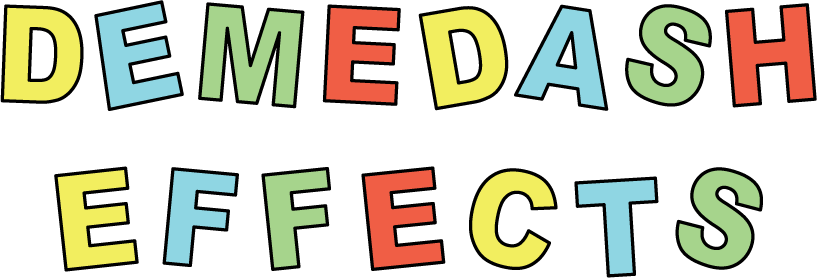Different Kinds of Feedback
Today we’re going to talk about feedback.
When most players think about feedback, they’re probably picturing Jimi Hendrix at Woodstock, or the shrill, piercing sound when a microphone gets too close to an amplifier. While that is indeed feedback, and will be touched on, we’re going to talk about feedback as a useful tool, and the different ways it gets used to enhance your sound, maybe without you even realizing it.
Let’s start with an easy example:
Delay/Echo
The gradually diminishing repeats of an echo are an example of feedback with a sizeable time delay. The output of the delay line wraps back around to the input, typically with a control in between to let you choose how much energy is lost on each subsequent repeat, and thus how quickly the repeats diminish.
Some delays, like the T-120, even enable you to keep the energy of the repeats high enough that they begin to snowball in size and enter self-oscillation, a state in which no input is required for the repeats to continue indefinitely.
Negative Feedback
This one is the most common, but it isn’t necessarily well understood by the average person.
Unlike the Delay/Echo variety, This type of feedback doesn’t [typically] involve a time delay.
Negative Feedback involves amplifying a waveform and flipping it over (inverting it’s phase), and sending some of that flipped waveform back to the input of the amplifier. In doing this, the input to the amplifier becomes the sum of the original signal, and an inverted copy of itself. How much of the inverted copy are sent back to the input depends on the feedback resistance, which attenuates the energy of the signal feeding back to the input.
What happens here is that, when the original signal goes high, the inverted copy goes low, so the sum of the two ends up somewhere in the middle, depending on the size of the feedback resistance. The lower that resistance, the more the feedback can bring down the level of the input, leading to less gain from the amplifier. Higher resistances let less of the feedback through, allowing the input signal to pass barely attenuated, leading to a higher amount of amplification.
This is how most gain controls operate in overdrive/distortion pedals. A potentiometer in the feedback loop of an operational amplifier (op amp) lets you increase the feedback resistance to increase the gain, or decrease it to lower the gain.
If a capacitor is placed in the feedback loop, it acts as a short circuit for high frequencies. This leads to a frequency-dependant amplification, in which high frequencies get less amplified than low frequencies, yielding a low pass filter.
Positive Feedback
Positive feedback is, in general, not desirable. This is the noise you hear when a mic gets too close to a speaker. Or when someone’s mic picks up the speaker sound on a Zoom call. The output signal is fed into the input, and rather than subtracting/lowering the input level, it adds to it, causing the input signal to grow ever larger as the sum is output, and again added to the input and amplified, then sent back to the input, and amplified, over and over in an endless loop.
There are, however, interesting use cases in which carefully controlled positive feedback yields amazing results. Listen to Jimi Hendrix playing Star Spangled Banner at Woodstock. The input/output loop formed by the guitar pickup and the amplifier is manipulated to create unique sounds that verge on noise, but manage to tread the line due to careful reigning in.
A handful of fuzz and drive pedals exist that allow you to create a positive feedback loop. And there also exist dedicated feedback looper pedals that allow you to experiment with this effect on any pedal you like. Fairfield Circuitry and Pladask make them, and I’m sure a number of pedal makers that specialize in utility pedals do as well. I’ve made a number on special request before. These can be a lot of fun, especially when there are controls to let you manipulate the feedback path.
“Regeneration”
“Regeneration”, or “Regen” is a term used for feedback when the signal path of the effect includes a time delay that’s so short that notes that pass through it aren’t perceived by the human ear as having been delayed at all. Flanger and Phaser are the usual suspects here. Chorus also qualifies, but most chorus units don’t include a regeneration control (though I dare to be different, and include regeneration capabilities on the T-60, because it just sounds so cool).
An interesting thing happens when a delay time this short is involved. Whereas typical negative feedback involves instantaneous suppression of peaks and valleys in the input signal by the inverted copy being fed back, a slight time delay between input and output means that those peaks and valleys don’t quite line up between input and output, and some interesting harmonic qualities emerge. In flangers and phasers, this creates a “comb filter” effect, so called because a number of very narrow frequency bands are suppressed in the output, which causes a frequency response plot of the output to look like a comb.
For a fantastic explanation of this effect, complete with animations, check out Mr. Black’s blog post on the subject of flangers.
Summation
Hopefully this has been an interesting and relatively painless introduction to the concept of feedback. If you have any questions or suggestions for future articles, feel free to contact me! I’d love to hear from you.




